
CE Certification for Smart Wristbands
Smart wristbands are wearable devices that can monitor heart rate, track physical activity, provide message notifications, and with NFC-enabled bands, can even simULate card swiping functions. When smart wearable devices first emerged, products like the Apple Watch and Xiaomi Band were widely popular, and in everyday life, you can see people wearing them in work or public settings. Smart wristbands are not only popular in the domestic smart wearable market but are also quite well-received in the European market.
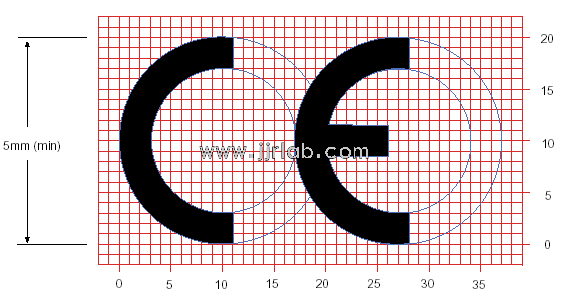
CE certification Standards for Exporting Smart Wristbands to the EU:
1. Electromagnetic Compatibility (EMC): Ensures the product does not interfere with other devices, based on the EN 301 489 series of standards.
2. Radio Equipment Directive (RED): If the device has wireless functions like Bluetooth, it needs to comply with standards such as EN 300 328.
3. Electrical Safety Test: Ensures the device is safe to use, typically following the EN 62368-1 standard.
4. Electromagnetic Radiation Test: Ensures electromagnetic radiation meets health safety standards, based on en 62479.
5. Restriction of Hazardous Substances (RoHS): Ensures the product does not contain harmful substances beyond permitted levels, according to EN 50581.
ce certification process Timeframe for Smart Wristbands:
Generally, it takes about 4 weeks.
CE Certification Process for Smart Wristbands to Enter the EU:
1. The applicant submits relevant documentation to the inspection and certification body, such as an application form and product manual.
2. The smart wristband samples that need certification are sent to the testing agency.
3. The agency tests the samples according to CE directives upon receiving them.
4. After passing the tests, a test report is generated.
5. The CE certification certificate is issued.
Once the product receives the ce certificate, a CE mark can be affixed to the product, and it can be sold in EU member countries.
Most wristbands come with Bluetooth or other RF functions, so in addition to emc testing, RF testing is required. As a result, the overall cost may be higher than that of products without wireless features. For specific pricing, you can consult China's JJR Lab.
Email:hello@jjrlab.com
Write your message here and send it to us
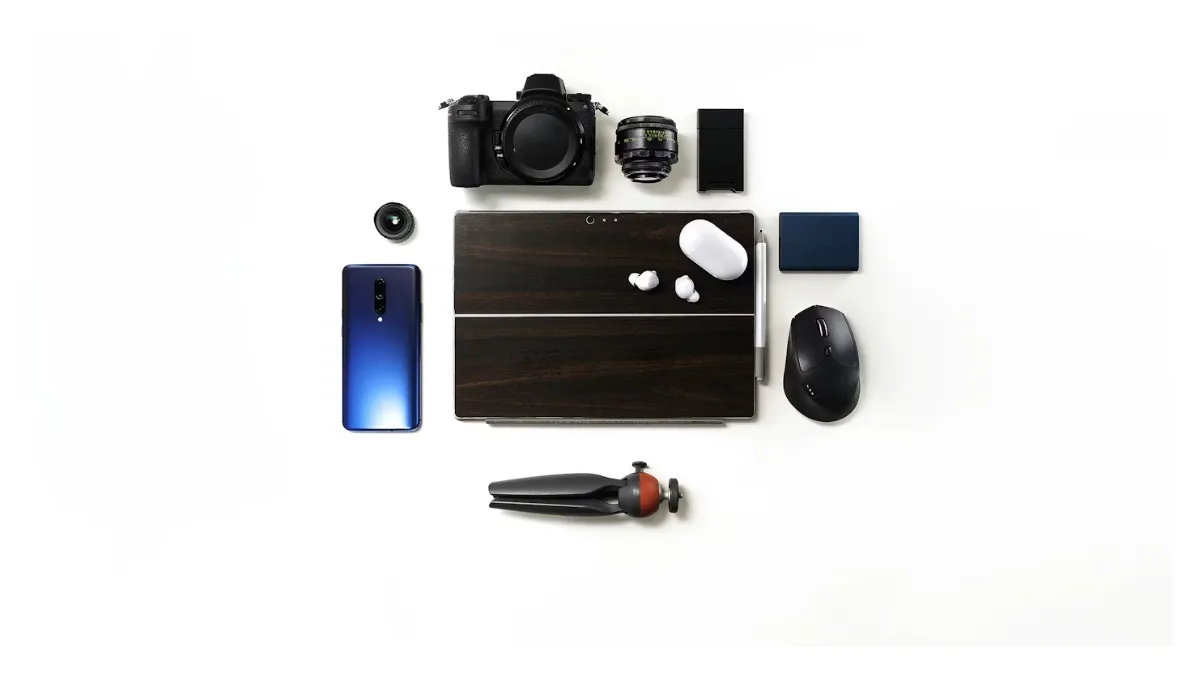 How to get a D-U-N-S® Number for US FDA Registrati
How to get a D-U-N-S® Number for US FDA Registrati
 Household Massage Devices Compliance in the China
Household Massage Devices Compliance in the China
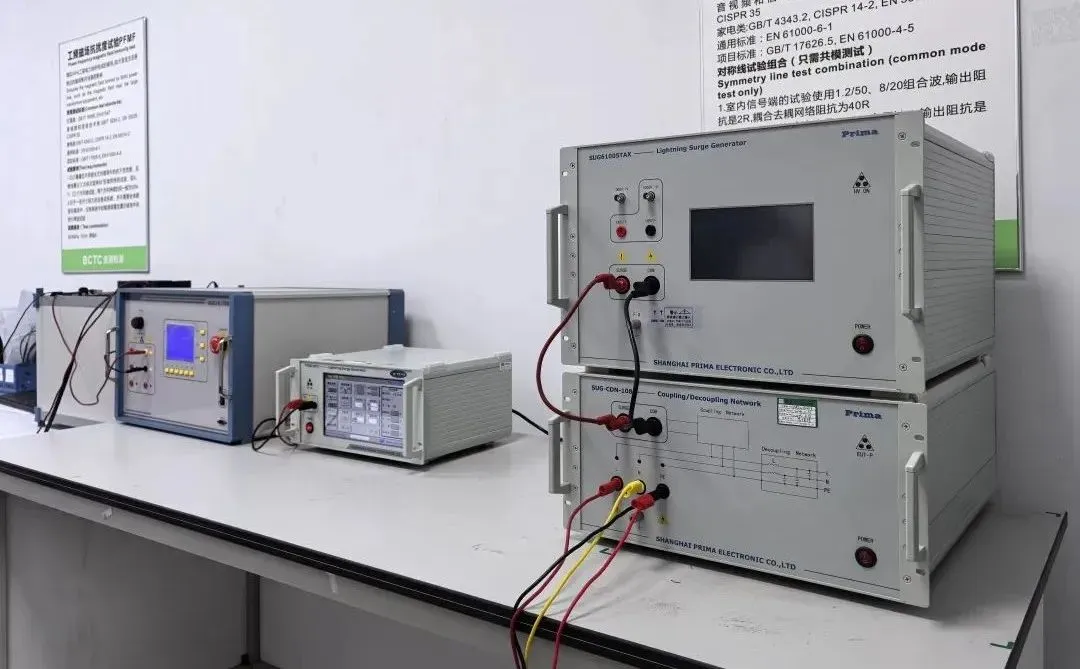 Compliance for the Global In Vitro Diagnostic (IVD
Compliance for the Global In Vitro Diagnostic (IVD
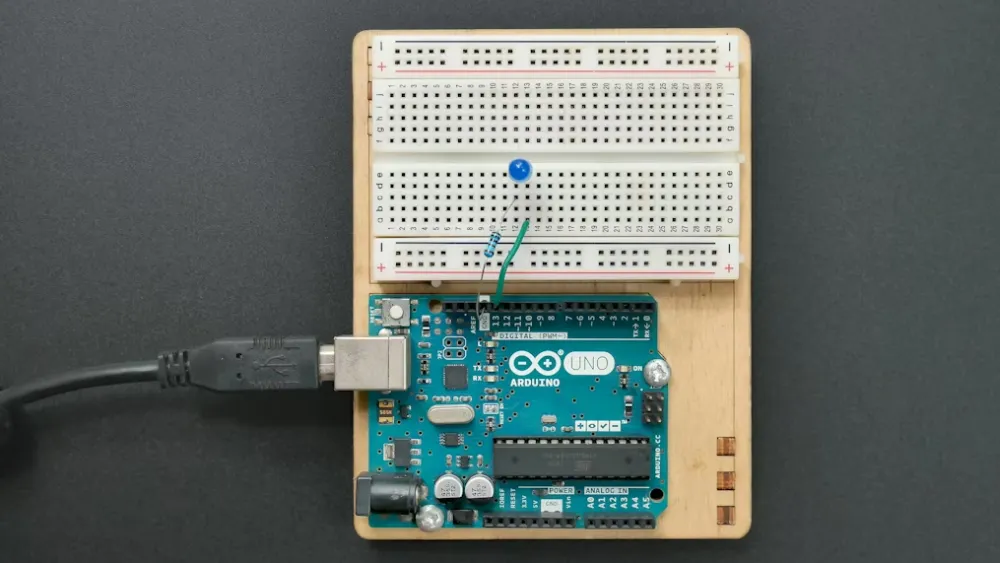 Compliance Guide for Nebulizers in European and Am
Compliance Guide for Nebulizers in European and Am
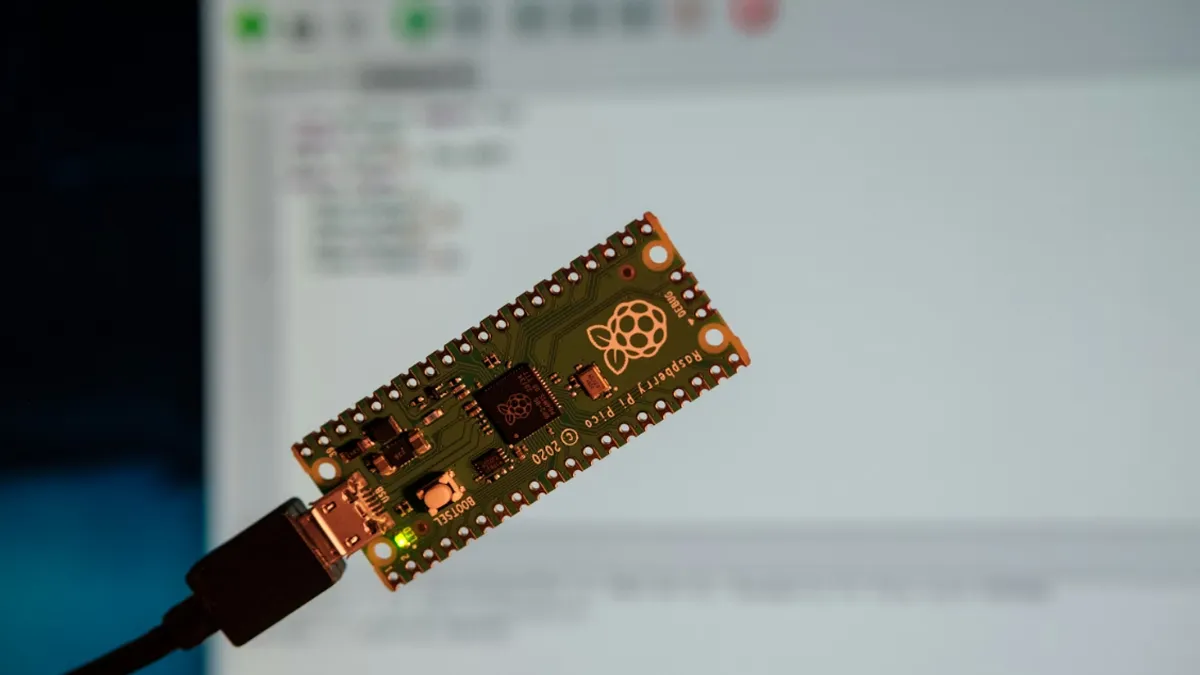 Cybersecurity Certification Service for EU RED Dir
Cybersecurity Certification Service for EU RED Dir
 ANATEL Certification Compliance Guide for Brazil M
ANATEL Certification Compliance Guide for Brazil M
 Energy Storage Battery Brazil Inmetro Certificatio
Energy Storage Battery Brazil Inmetro Certificatio
 Southeast Asia Compliance Requirements for EV Char
Southeast Asia Compliance Requirements for EV Char
Leave us a message
24-hour online customer service at any time to respond, so that you worry!




